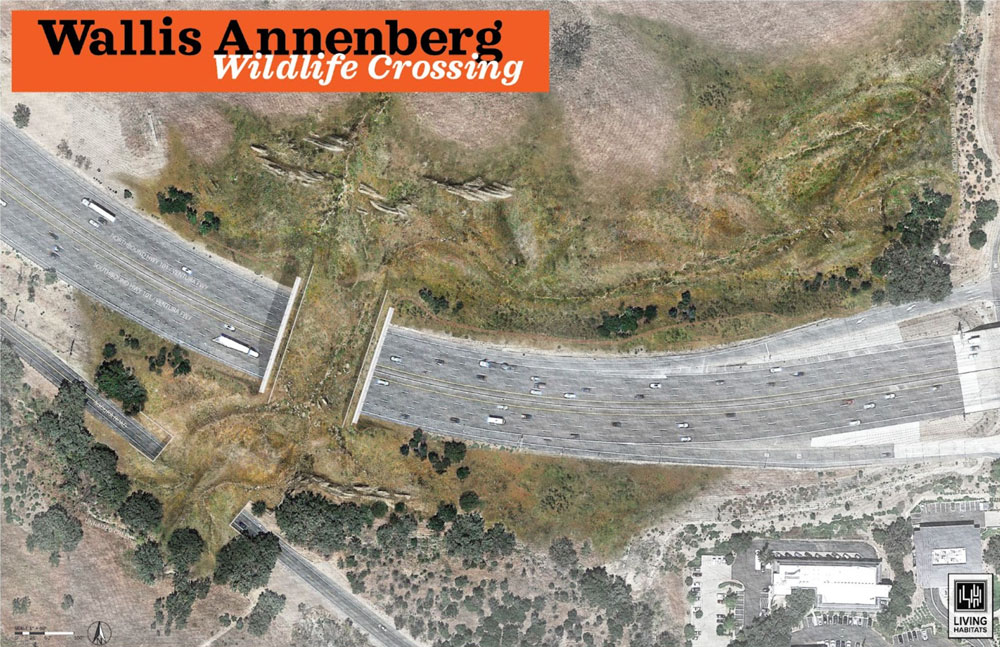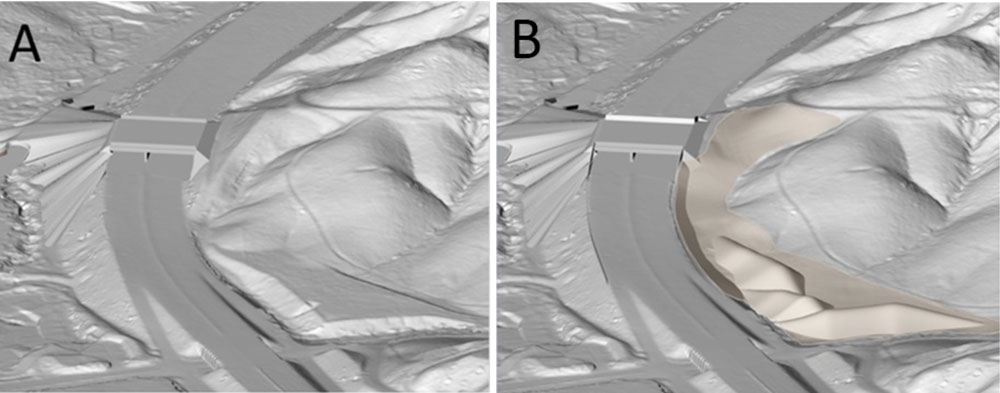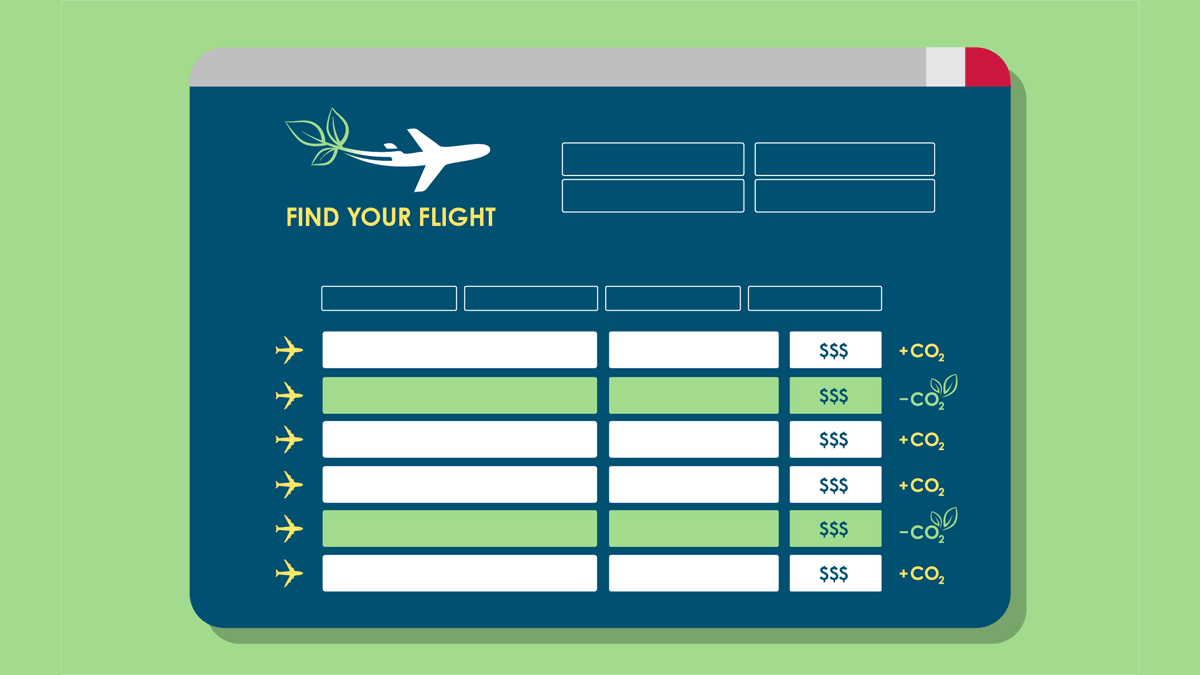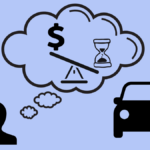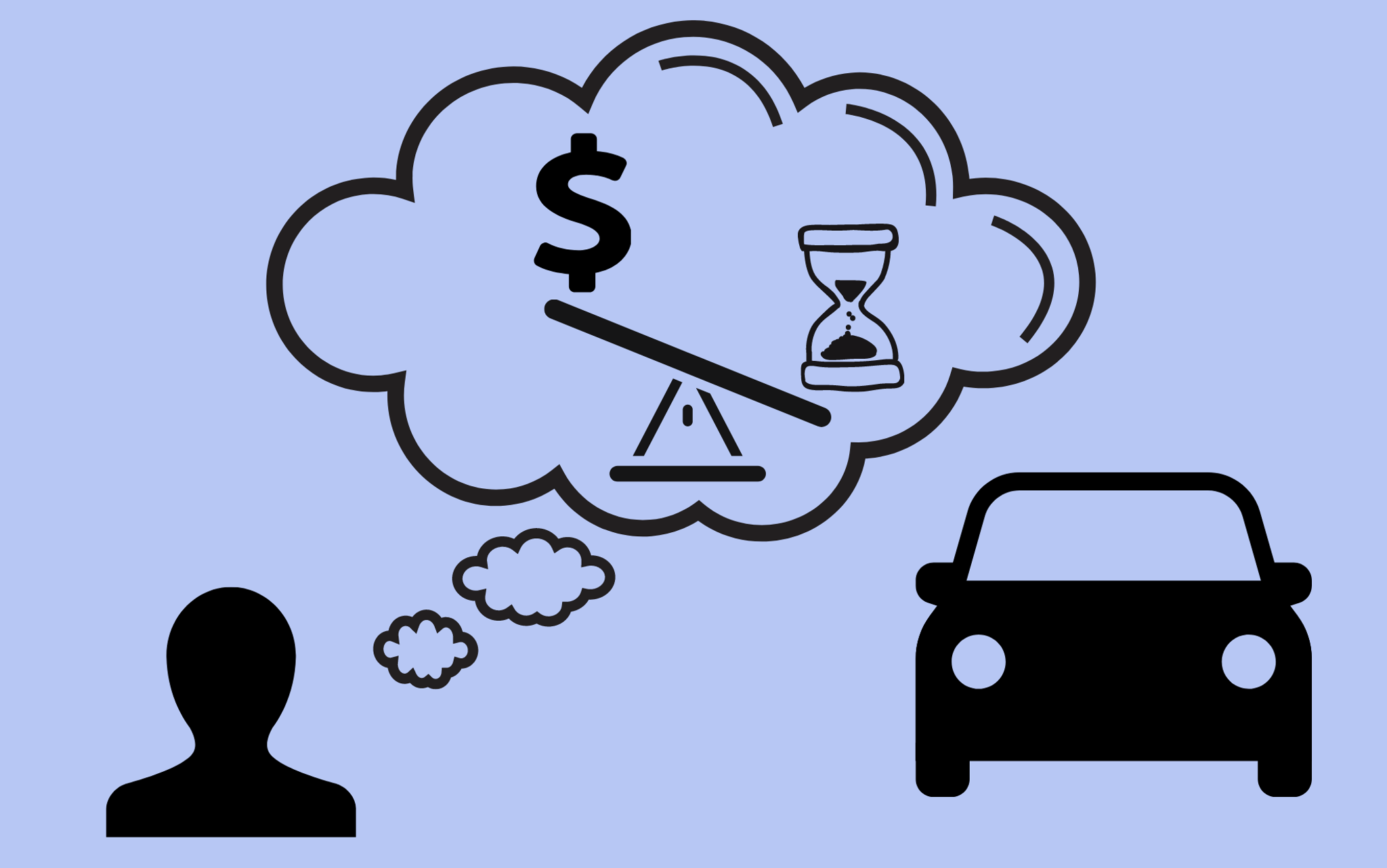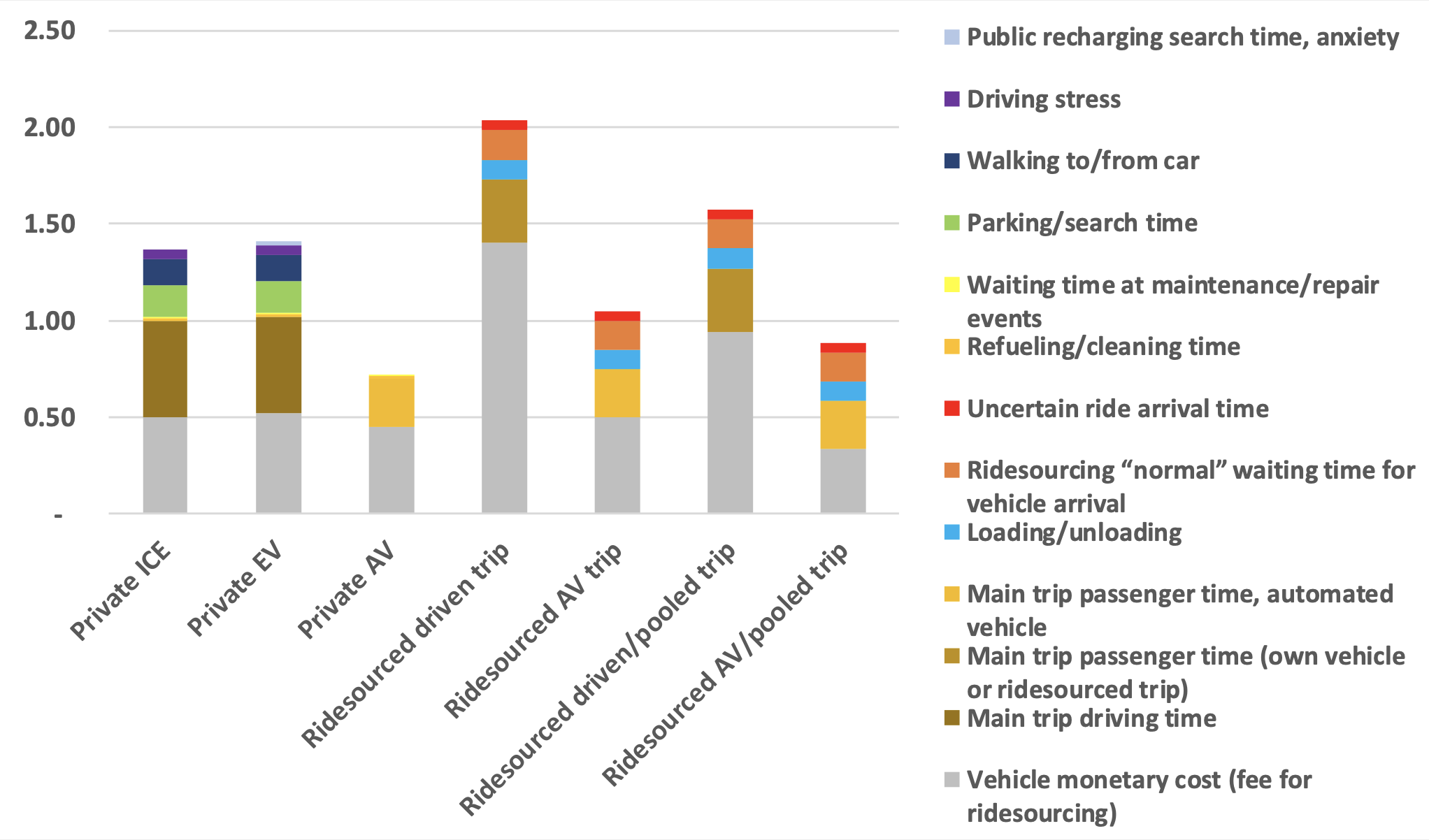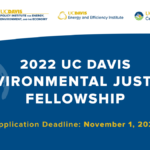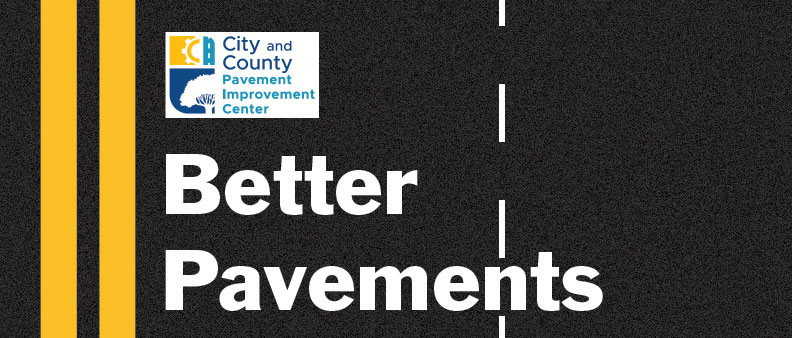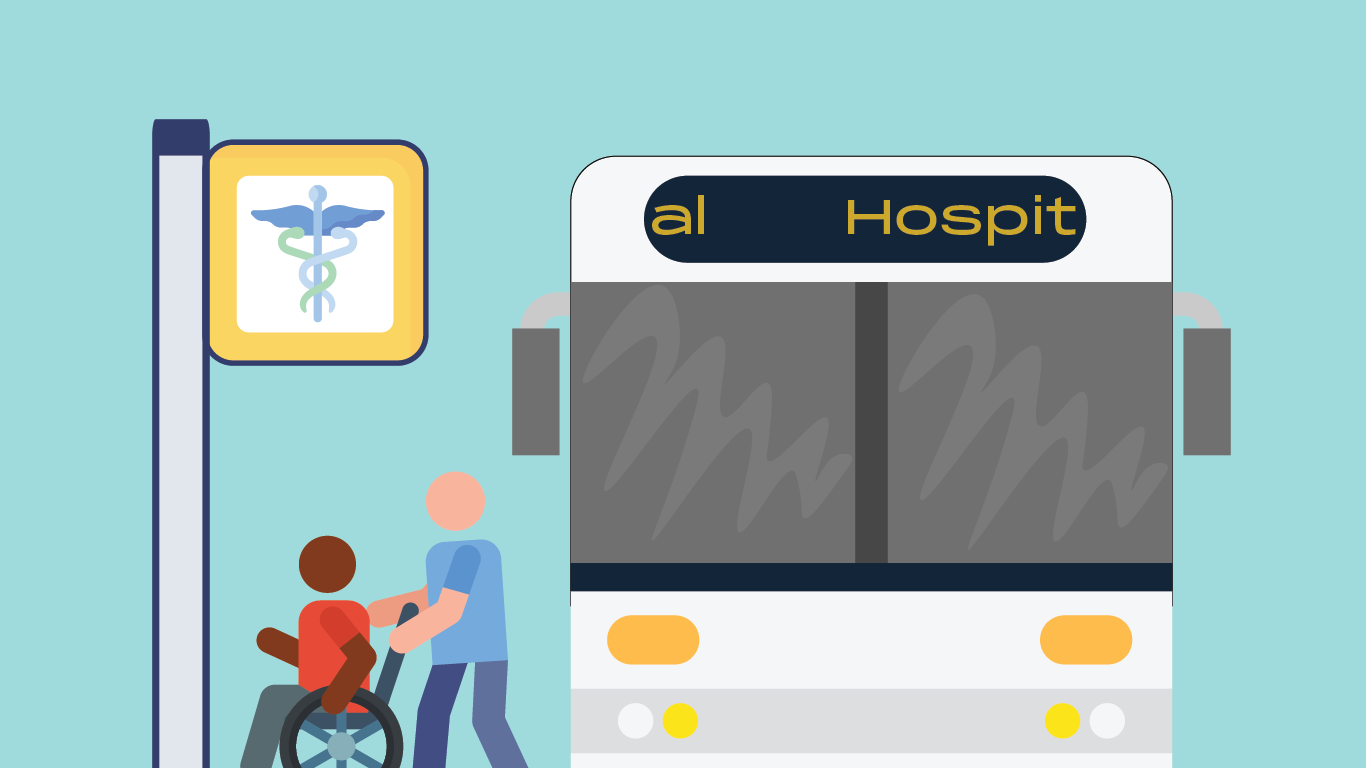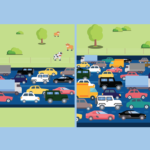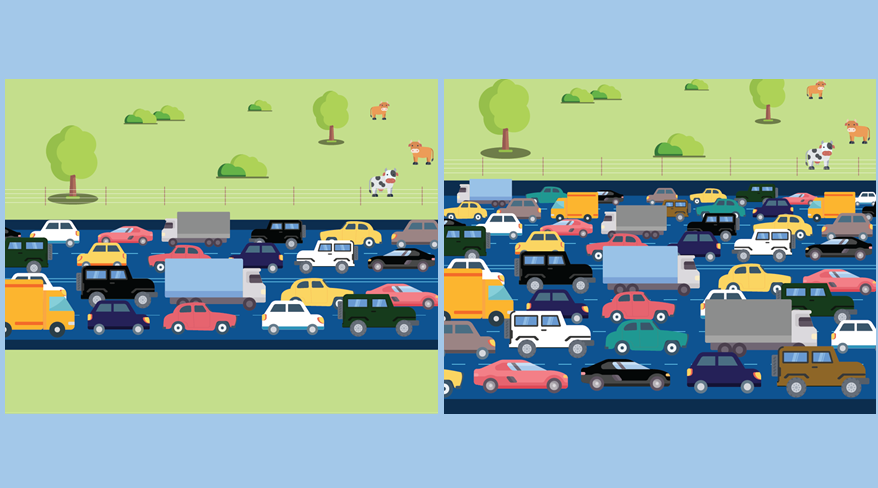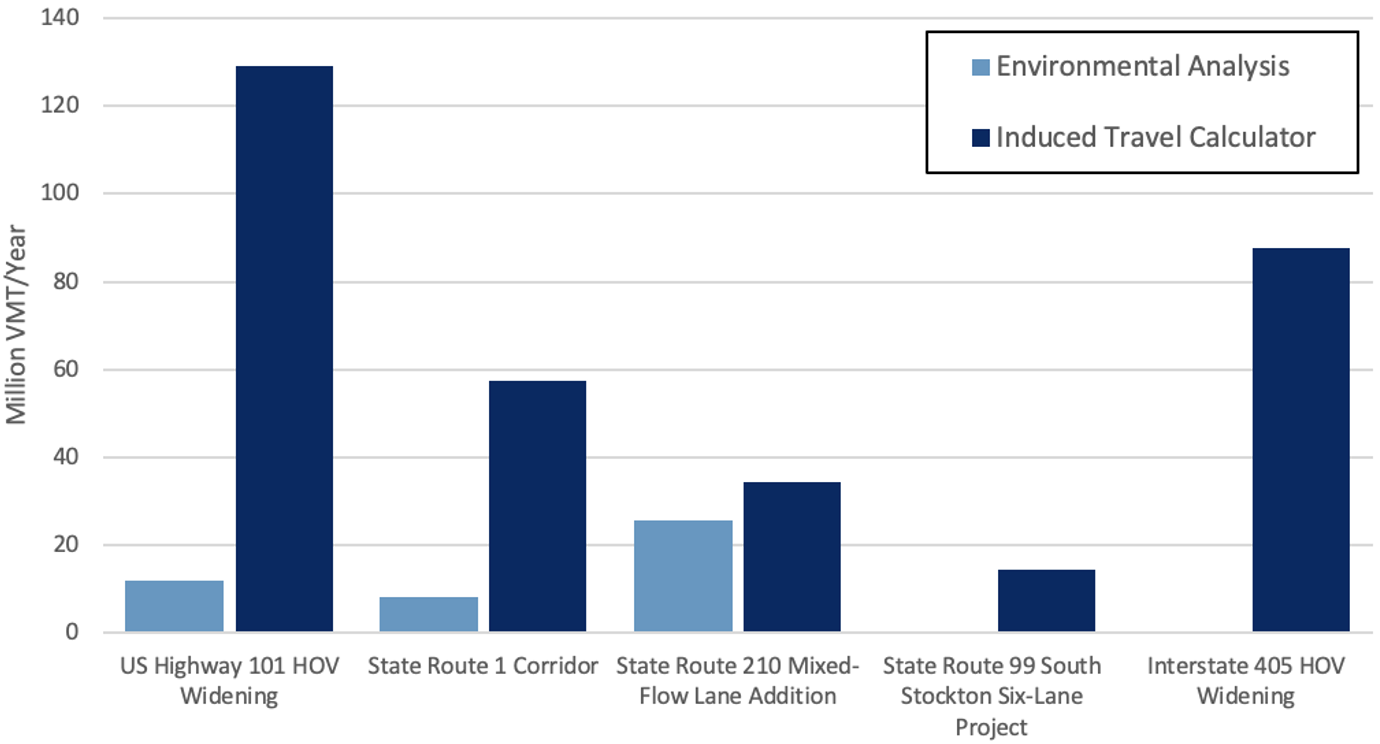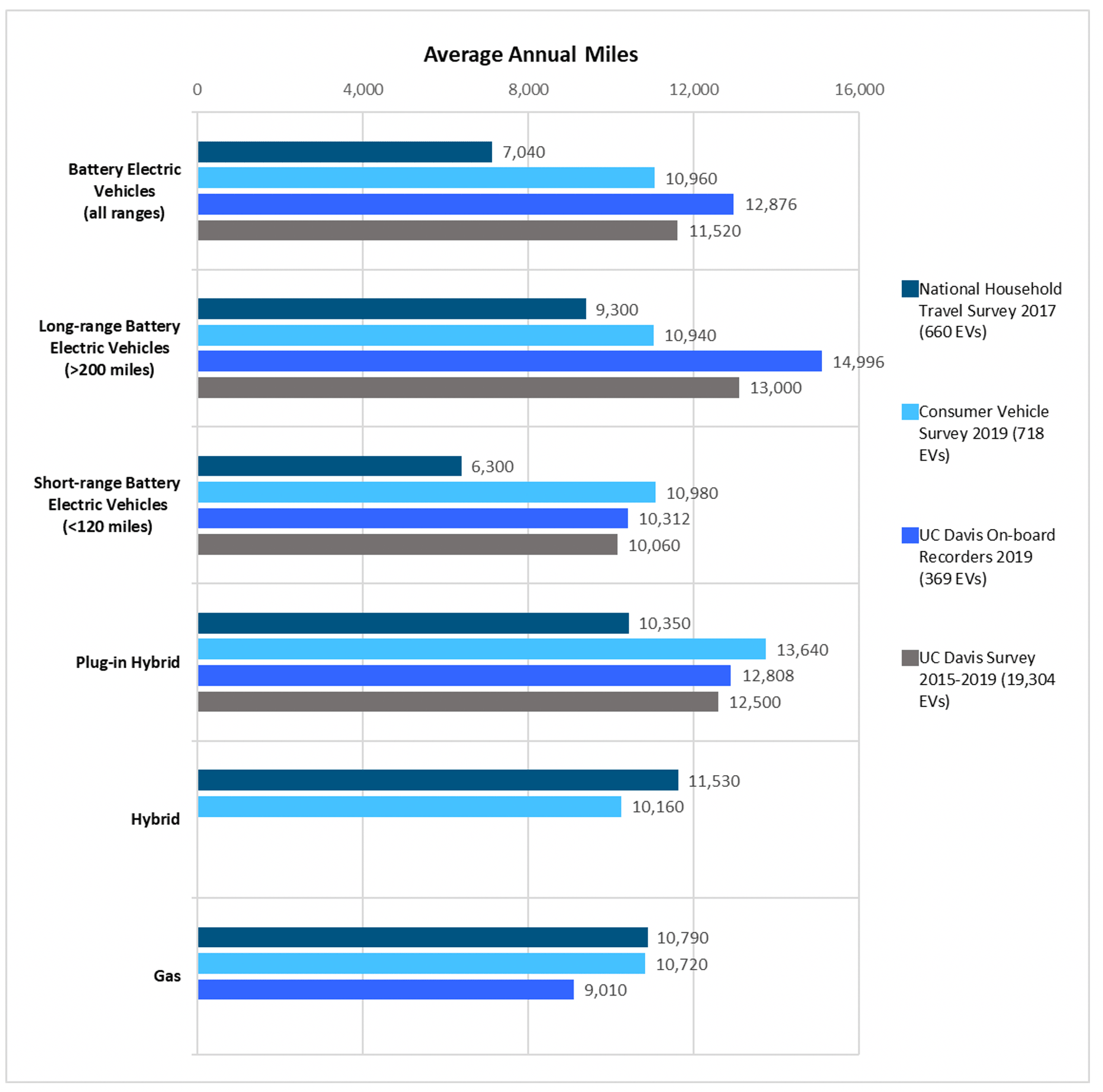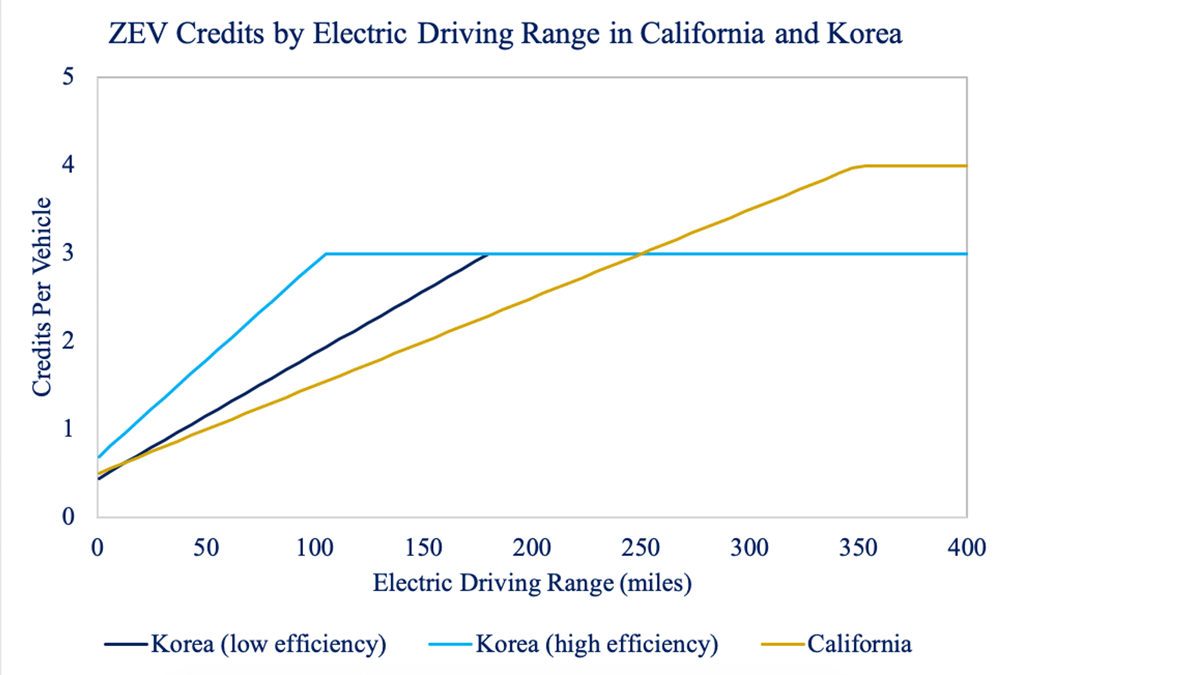
There are many reasons to reduce our reliance on cars—they are polluting, inefficient, dangerous, and expensive to own. In dense urban areas, travel modes such as walking, bicycling, and public transit can be reasonable alternatives for many peoples’ transportation needs.
But what about suburban and rural areas with lower population densities and longer distances between destinations? Land use patterns in these regions make it challenging to get around without a private vehicle. Can emerging mobility options reduce car dependence in these environments?
Based on our research so far, the answer appears to be yes. Our research teams are at the forefront of evaluating how new mobility services such as microtransit (on-demand, small shuttles providing shared rides), carsharing, and ridesharing are being used and the extent to which they are substituting for private car travel in California’s suburban and rural contexts.
Microtransit in Suburban Sacramento
Suburban communities around Sacramento are not well served by fixed-route transit. In 2018, Sacramento Regional Transit launched a microtransit service called SmaRT Ride to fill this gap. SmaRT Ride is available in eight outlying areas and the downtown core that allows travelers to request a “door-to-door” or “corner-to-corner” ride via a smartphone app. Rides cost the same as fixed-route transit.
Dr. Xing’s team studied early adopters of SmaRT Ride, conducting surveys and focus groups of both users and non-users of the service. When asked about transportation choices, more than 40% of riders said that, without SmaRT Ride, they would have made their last microtransit trip by car instead. This suggests that microtransit has real potential to reduce dependence on driving.
The study also found that more than half of SmaRT Ride users had an annual household income of less than $50,000, and that users of the service are more likely than non-users to have physical limitations. Finally, people who do not like fixed-route transit or have a neutral attitude towards it are more likely to use SmaRT Ride than are those who like fixed-route transit. This suggests that microtransit is more of a complement to, rather than a replacement for, fixed-route transit.
Innovative Mobility in the San Joaquin Valley
Dr. Rodier has been engaged with regional partners since 2014 to plan, launch, and evaluate three mobility pilots in the rural San Joaquin Valley. The region is characterized by high levels of poverty and air pollution and long distances between destinations, presenting particular challenges for providing clean and affordable transportation.
In 2019, three services were launched in the region: Míocar, an electric carsharing program with vehicle hubs at affordable housing complexes in Tulare and Kern counties; VOGO, a volunteer ridesharing service; and Vamos, a Mobility-as-a-Service app that facilitates trip planning and ticket purchasing across the valley’s many transit services.
So far, the research shows that each of these services is helping people move around the region in new ways. More than 60% of Míocar trips would not have occurred without access to the service, and three-quarters of the miles traveled on these “new” trips were made by travelers from households below the median income level in their county. People who would have used another mode to make their trip in the absence of Míocar would have traveled almost exclusively by gasoline-powered cars. So the service reduces greenhouse gas emissions for those trips.
Similarly, most of those using the VOGO ridesharing service would not have otherwise been able to make their trips. Most VOGO riders do not have access to a personal vehicle and are uncomfortable driving vehicles due to medical issues or other concerns, leaving them with few options for trips that cannot be made via existing transit services. Finally, early study results suggest that Vamos is a valuable transit fare payment tool and contributes to an improved transportation experience for its active users. More study is needed to assess the effects of Vamos on transit use and mobility as this app expands its service area and user base.
Key Takeaways
Small mobility programs like these are proliferating as communities seek affordable, sustainable alternatives to private vehicle ownership. Our research is showing early indications that these programs can be successful in meeting rural and suburban transportation needs, particularly for low-income travelers. However, these services need continued support. Private ridehailing and carsharing companies typically offer their services in higher-income urban areas that already have plentiful transportation options. To increase clean transportation access in underserved communities, new business models may be needed. These may include direct service provided by a transit agency, such as SmaRT Ride, or a non-profit service operated with public subsidies, such as Míocar. Further coordination among transportation providers and community-based organizations will be essential in identifying and developing transportation solutions to meet the needs of individual communities. Rigorous evaluations of these programs as they develop can assess their contributions to policy goals related to transportation equity and climate change, and inform longer-term investments.
Further reading:
NCST SmaRT Ride report and policy brief: https://ncst.ucdavis.edu/project/exploring-consumer-market-and-environmental-impacts-microtransit-services
UC ITS Míocar report and policy brief: https://www.ucits.org/research-project/2019-44/
NCST San Joaquin mobility report and policy brief: https://ncst.ucdavis.edu/project/before-and-after-evaluation-shared-mobility-projects-san-joaquin-valley
Yan Xing is a postdoctoral researcher at ITS-Davis.
Caroline Rodier is a researcher at ITS-Davis and the associate director of the Urban Land Use and Transportation Center at UC Davis.
Brian Harold is the policy evaluation specialist at the UC Davis Policy Institute for Energy, Environment, and the Economy.
Mike Sintetos is the policy director at the National Center for Sustainable Transportation (NCST) and UC ITS Statewide Transportation Research Program.
